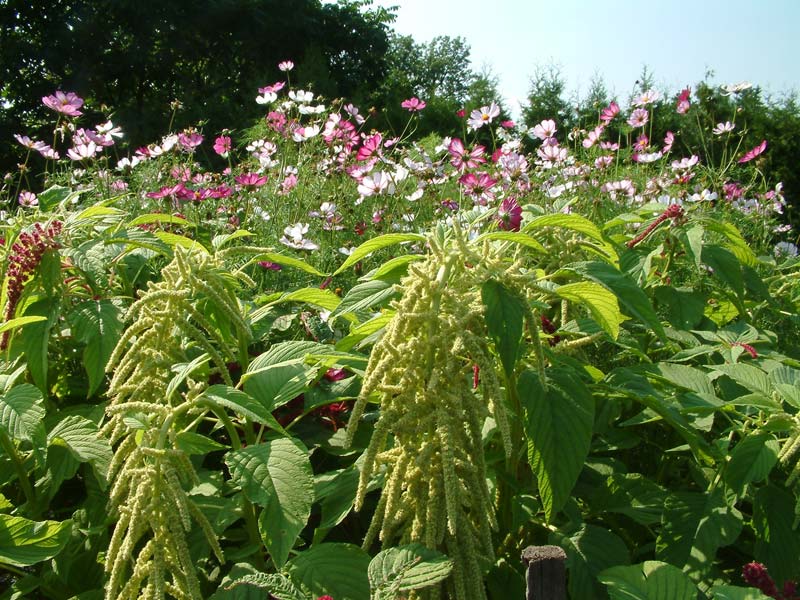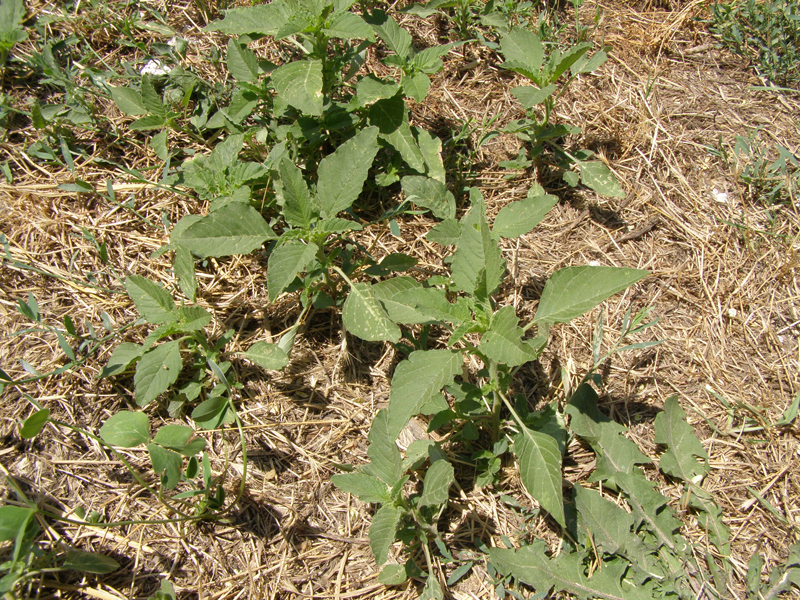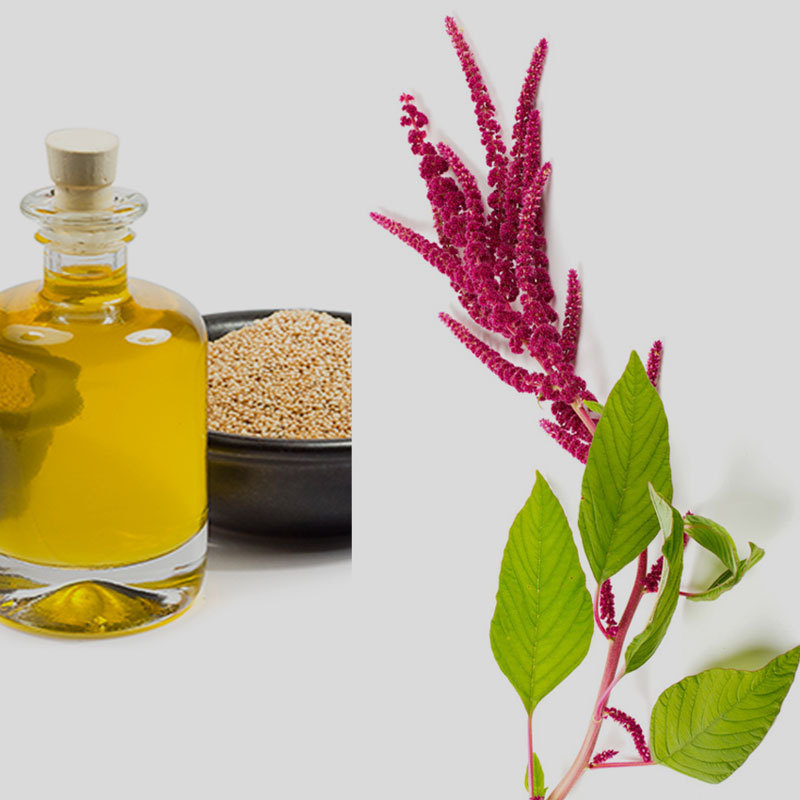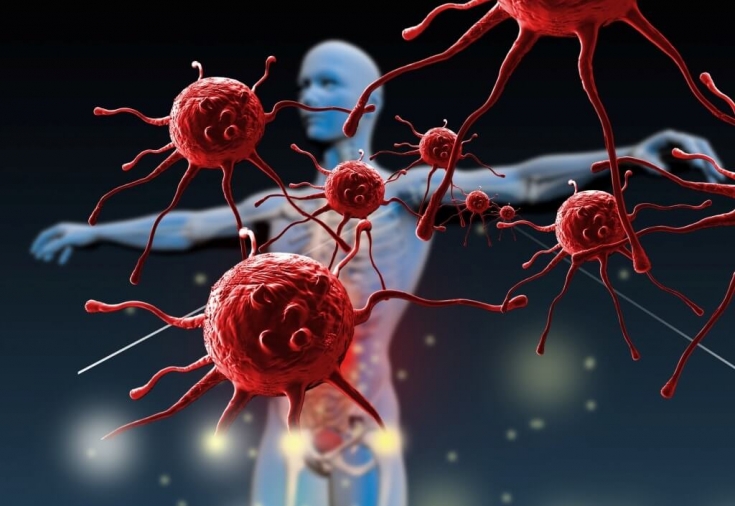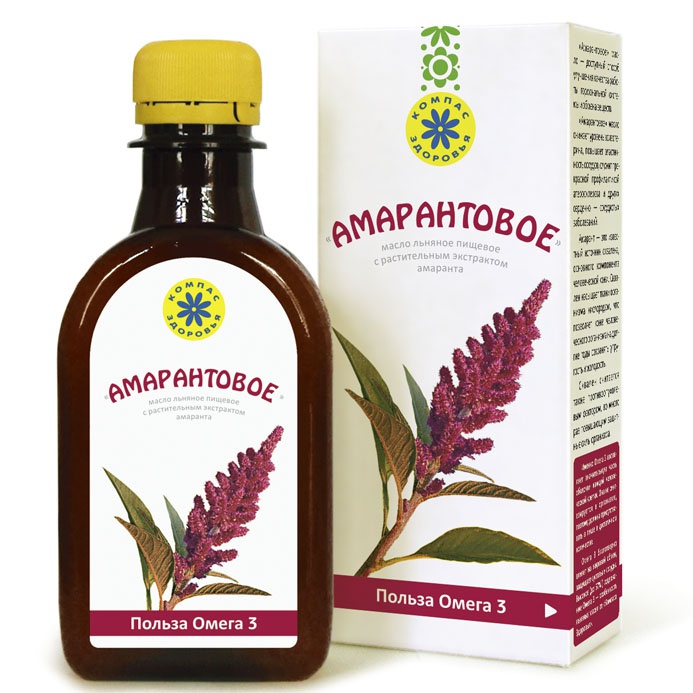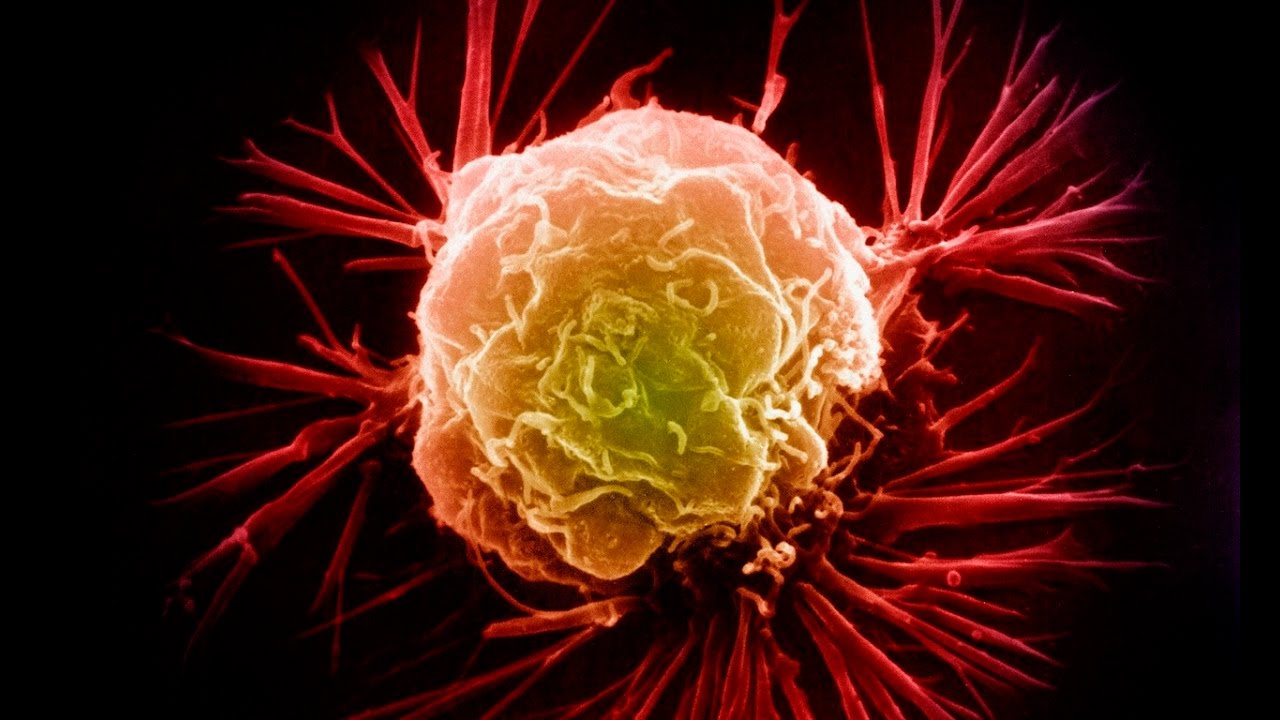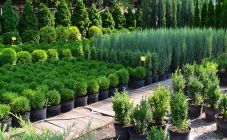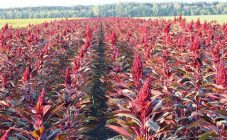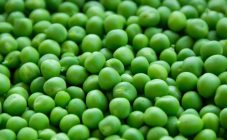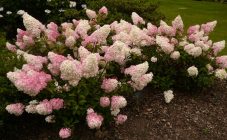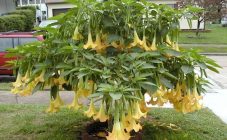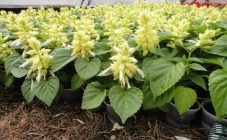Content:
Common schiritsa, rubella, beetroot, amaranth - we are talking about one plant that grows in almost every summer cottage and is considered a weed in the garden. An annual herb belongs to the Amaranth family, the species of the genus is Shchiritsa. Today the plant is gaining popularity. This is due to its rich chemical composition, which has a positive effect on the human body.
Amaranth thrown back: description and characteristics of the plant
Amaranth is a weed in the garden. Many people don't know yet that this annual herb can be used for good.
The stem is branched and straight. The leaves are ovoid-rhombic, the edges are finely toothed or wavy. The flowers are grouped into paniculate inflorescences, with apical leaves above them. The inflorescences are green. The thrown back amaranth begins to bloom in the second half of summer.
The homeland of garden weed is considered to be the eastern and central regions of North America, from where it was brought to Russia and Europe. If you do not control reproduction, the beetle behaves quite aggressively, grows quickly and literally strangles garden crops. Grass is most common on abandoned rural lands and wastelands. It prefers nutritious and fertile soils, rampages on permeable, humus soils, which contain a high concentration of nitrogen.
Chemical composition
Amaranth contains a shock concentration of a protein of plant origin (16-18%), an equally important element - antitumor squalena (10%), as well as amino acids and polyunsaturated fatty acids (linolenic, linoleic, oleic) important for the full life of the body.
Also in the composition were found:
- starch (55-62%);
- protein (18%);
- sugar (18%);
- fiber (14%);
- fat (5%);
- pectins.
An integral part is minerals such as magnesium, iron, calcium, phosphorus and potassium. The shock concentration of vitamin E, B vitamins and bile acids was noted.
Numerous laboratory studies have shown that the stems and leaves of the apex contain 18 sterols. In addition to them, ascorbic acid (vitamin C), flavonoids and carbohydrates were found.
Application methods
Amaranth is used in various industrial sectors, as well as traditional and folk medicine, cosmetology and cooking.
For medicinal purposes
Amaranth-based products benefit not only humans, but also animals. Amaranth is used to treat many diseases.
Some of the applications are:
- Thrown back amaranth is used as a hemostatic agent. The herb infusion is indicated for use in heavy menstrual bleeding. For hemorrhoidal bleeding, apply applications (compresses) from the same infusion. It is advisable to use it inside for bloody bowel movements.
- Means based on amaranth are indicated for use in intestinal colic and chronic constipation.This is due to the fact that the plant has a pronounced antispasmodic and laxative effect.
- Water extract from amaranth, which was in the flowering phase, has a powerful disinfecting, anti-inflammatory and protistocidal effect. It is used to treat hepatitis (jaundice) and rishta.
- The leaf infusion is a weak-acting diuretic. Indicated for use in tumors (benign and malignant) and headaches, migraines. Toasted leaves are effective in treating dysentery.
- Shiritsa seeds are introduced into the diet of poultry.
- Young shoots are used as a vitamin product, for example, as spinach greens.
- With the help of compresses and rubbing of amaranth decoction, diseases of the skin and joints are treated. To do this, it is recommended to apply the solution for 20-30 minutes twice a day.
- An aqueous solution of amaranth should be taken orally for anemia and during the postoperative rehabilitation period.
Disease prevention
Everyone knows that it is easier to prevent diseases than to cure. For people who are guided by this rule, amaranth is a real find.
To strengthen the immune system and prevent diseases, the squid is usually taken twice a year: in spring and autumn, twice a day, 1 tsp. half an hour before meals.
Amaranth oil can be added to various dishes, cereals and salads. For one general strengthening course, no more than 200 ml can be used.
To cleanse and rejuvenate the body, it is recommended to drink tea with dried amaranth leaves. To prepare a drink, you will need 1 tbsp. pour raw materials with a glass of boiling water. This drink is infused for 15 minutes.
Cosmetology
Amaranth in the form of oil is actively used in cosmetology. Various manufacturers add it to the composition of creams, shampoos, masks, balms, etc.
It is recommended to use ordinary oil to nourish the skin of the hands, after application, put on special gloves and sit for at least half an hour. You can add a small amount of quality oil to your skincare products.
Medicinal properties and contraindications
The fight against the plant does not stop - unfortunately, many agronomists tirelessly destroy useful grass. This is due to the aggressive growth of the plant. However, amaranth oil is used to promote health and treat many diseases.
Medical indications for the use of a herbal product:
- Diseases of the genitourinary system, the course of inflammatory processes.
- Decrease in blood cholesterol concentration, angina pectoris, atherosclerosis and anemia.
- Diabetes.
- An auxiliary agent in the treatment of malignant neoplasms, strengthens the body during radiation exposure.
- For skin rejuvenation and treatment of skin diseases such as psoriasis.
- Strengthens the immune system.
- Accelerates regeneration processes.
- It removes compounds of heavy metals, harmful salts and radionuclides from the body.
- Effective in the treatment of diseases of the oral cavity.
- Hemorrhoids.
- Diseases of the digestive tract.
Contraindications for use
Despite the large number of useful properties, the use of any part of the plant or preparations based on the squid has contraindications.
Amaranth is contraindicated for use in severe and chronic ailments in the acute phase, diseases of the digestive tract, and urolithiasis. Do not exclude the possibility of developing an allergic reaction to plant components.
With pancreatitis and cholecystitis, before using amaranth, you must first consult with your doctor.
Thrown back amaranth is a unique plant that causes many more conflicting opinions. It has not been officially added to the list of medicinal plants, but is increasingly used to treat many ailments.
